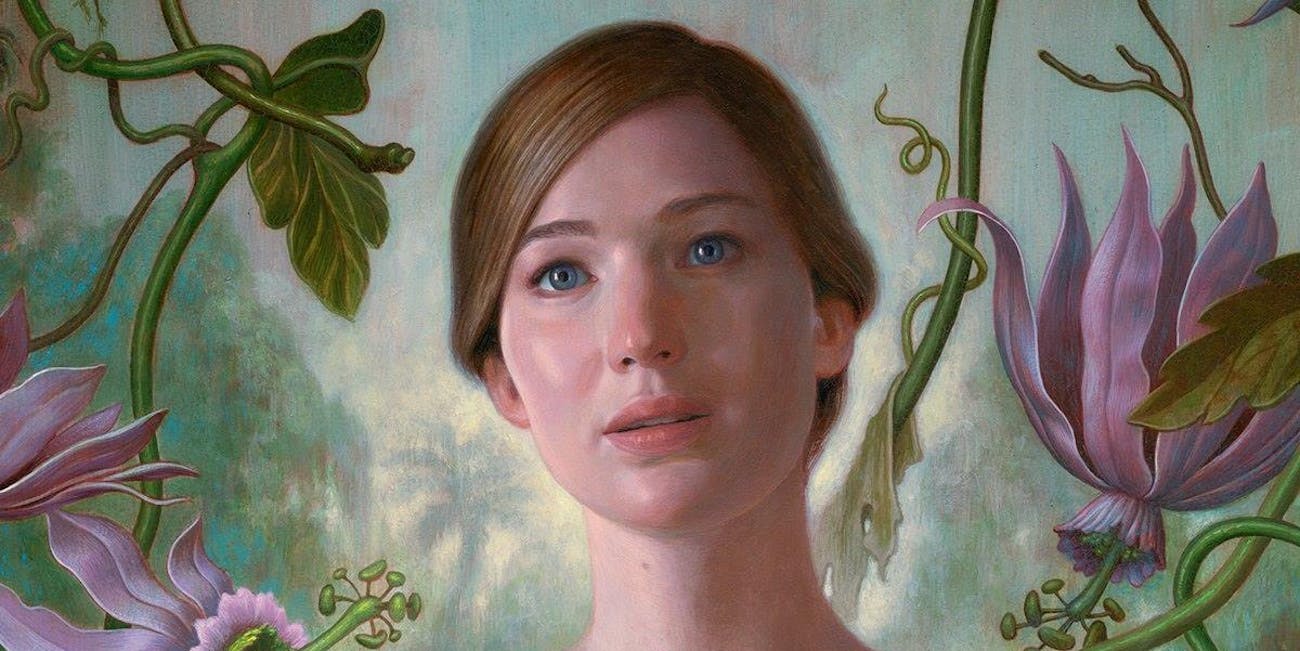★★★★★
Based on the eponymous
2007 novel by author André Aciman, Call Me by Your Name beautifully
depicts the brief but fervent romance between two young men whilst exploring
issues of sexuality, adolescence, and heartbreak.
Set against the
backdrop of the Italian countryside in 1983, seventeen-year-old Elio (Timothée
Chalamet) is spending his summer with his parents in their tranquil villa,
reading books, transcribing music, swimming in the lake, and waiting for summer
to be over. The languid teenager drifts through his holidays alone, sometimes
socialising with friends or his affectionate parents, but primarily keeping to
his own devices. That is until his indifference is interrupted by the arrival
of Oliver (Armie Hammer), a handsome American student who is set to study under
the wing of Elio’s professor father for the next six weeks. Oliver, an
exuberant, brash vision of rugged masculinity is frustratingly enigmatic to the
introspective Elio. He’s unapologetically bold in every physical manner yet
impossible to read. The film is generous in allowing the relationship between
its two protagonists to develop; imbued with lingering stares, subtle touches,
and an overwhelming sense of first-love nervousness. It is not until around the
film’s midpoint that the lovers finally kiss. Amid the sun-drenched lazy days
in the Italian countryside, the two young men slowly enter a vibrant love
affair, giving Elio a chance to explore his developing bisexuality and Oliver
to safely submit to his.
Director, Luca
Guadagnino, is known for his scintillating aesthetics, providing an undoubtable
rawness and life to his films, and Call Me by Your Name is no
exception. An encapsulating display of tender emotions and first heartbreak,
the film is imbued with a warmth which evokes the hazy feeling of being in
love. The film caresses you with brilliant visuals, swirling colour and light;
the saturated tones of orange, reds, and luscious greenery vibrantly paints an
image of a beautiful Italian summer. Call Me by Your Name’s visuals
are expertly interwoven and synchronised with its sound. Not only does music
play a vital role in the characterisation of Elio but it also serves to
accompany the sentiment of the film, aided wonderfully by the Sufjan Stevens
penned tracks that accompany some of the film’s most poignant scenes. After
hearing ‘Visions of Gideon’ for the first time, you will never be able to
listen to it again without it bringing a tear to your eye.
But the film’s obvious
beauty is not for nothing, there is meaning to be found in absolutely every
shot and sound in Call Me by Your Name. Guadagnino once stated to
the New York Times that he: “hated the concept of beauty for
the sake of it. It is overrated.” This is primarily evident in the presentation
of the human body; more intimate scenes depicted the sensuous immediacy of the
physical form. The film has no reservations about reflecting the realness of
the human body. The characters are constantly and visibly sweating, no human
function is shied away from — every hitched breath is heard, every kiss is
deeply intimate. These are carnal specimens with provocative beauty akin to
that of the classical statues of which Oliver studies. The actors’ closeness is
tangible, every encounter of flesh is documented (if sometimes implicitly) –
even small caresses of the face and hands or the playing of feet- and every
meal seems tangible and inviting. The images just seem intimately real, as if
you yourself could just reach out and grab an apricot or a peach to enjoy with
the characters.
You truly feel this
movie; every kiss, every taste, every delicate touch, every warm ray of Italian
sunshine. It’s simply intoxicating, leaving you yearning for a summer of love,
much like Elio.























